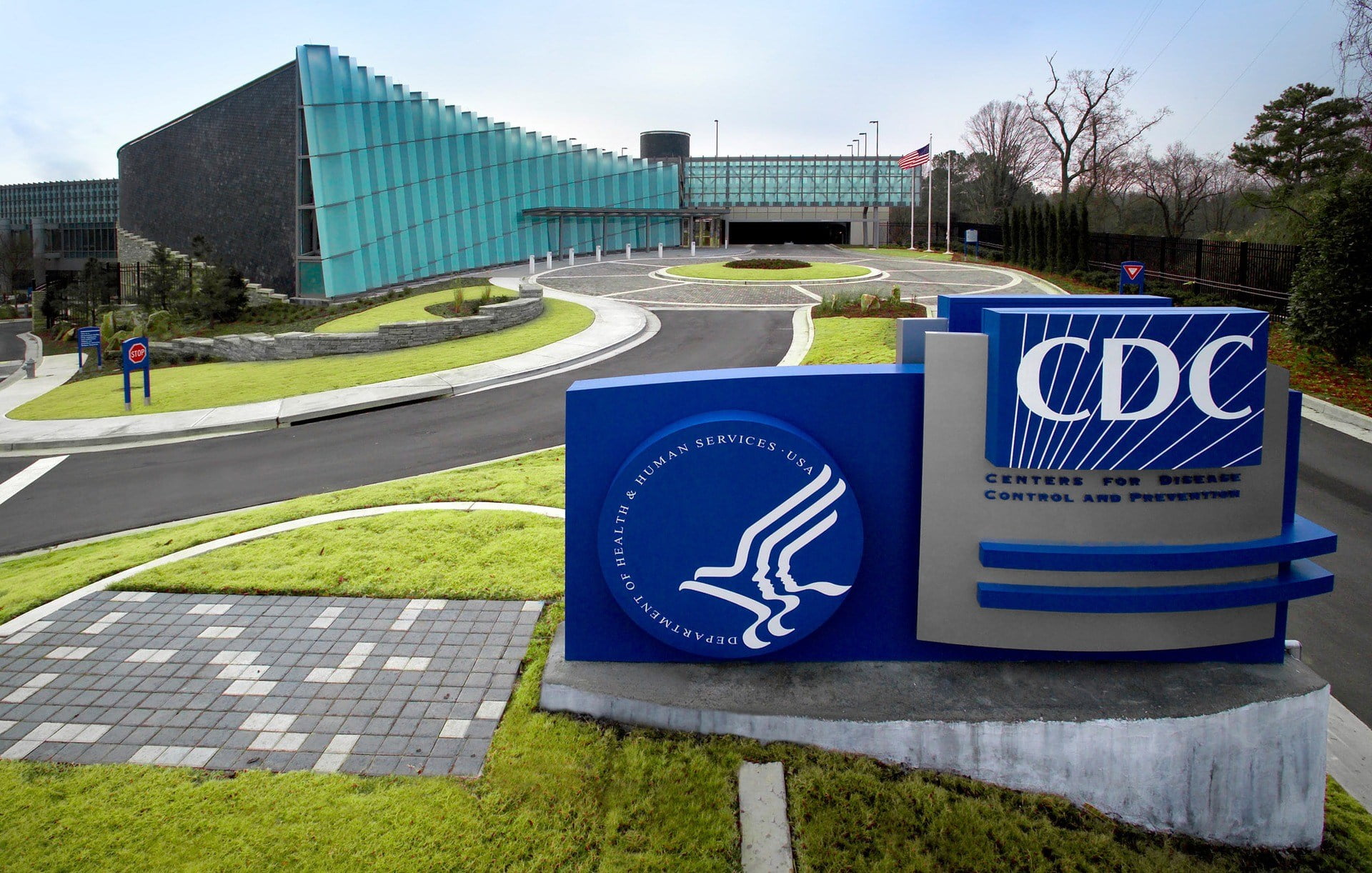
By C. Douglas Golden,
The problem with making informed decisions about coronavirus is that we don’t have a whole lot of data on it at the moment.
The data that we do have, meanwhile, could end up being terminally skewed, particularly the data that’s been coming out of China.
The Centers for Disease Control and Prevention’s guidance on determining COVID-19 as a cause of death isn’t going to help those numbers.
Issued March 24, the guidance tells hospitals to list COVID-19 as a cause of death regardless of whether or not there’s actual testing to confirm that’s the case.
Instead, even if the coronavirus was just a contributing factor or if it’s “assumed to have caused or contributed to death,” it can be listed as the primary cause.
The International Statistical Classification of Diseases and Related Health Problems, or ICD, has established the code U07.1 for death by coronavirus infection. There’s a secondary code, U07.2, “for clinical or epidemiological diagnosis of COVID-19 where a laboratory confirmation is inconclusive or not available,” according to the CDC guidance.
“Because laboratory test results are not typically reported on death certificates in the U.S., NCHS is not planning to implement U07.2 for mortality statistics.”
Therein lies the problem.
“The underlying cause depends upon what and where conditions are reported on the death certificate. However, the rules for coding and selection of the underlying cause of death are expected to result in COVID- 19 being the underlying cause more often than not,” the guidelines read.
“COVID-19 should be reported on the death certificate for all decedents where the disease caused or is assumed to have caused or contributed to death. Certifiers should include as much detail as possible based on their knowledge of the case, medical records, laboratory testing, etc.,” the guidance continued.
“If the decedent had other chronic conditions such as COPD or asthma that may have also contributed, these conditions can be reported in Part II.”
Author and former New York Times reporter Alex Berenson, one of the few well-known figures to question some of the statistics on COVID-19, questioned the new CDC guidelines as well:
1/ As you sit home watching #COVID death counts spiral, please know the official @CDCgov guidance for coding COVID-related deaths is as follows: any death where the disease “caused or is *assumed* to have caused or *contributed to* death.” Confirmed lab tests are not required… pic.twitter.com/H4D6mcti3R
— Alex Berenson (@AlexBerenson) April 3, 2020
2/ And, btw, other possibly relevant factors, like, oh, COPD, are considered secondary. The rules “are expected to result in COVID-19 being the underlying cause more often than not.” https://t.co/o003zuLQHt
— Alex Berenson (@AlexBerenson) April 3, 2020
Earlier this week, President Donald Trump and members of his coronavirus task force announced that they were expecting a death toll of between 100,000 and 240,000 from coronavirus.
In an article on Friday, The Washington Post said some experts didn’t think the White House’s prediction models were accurate. It wasn’t because those experts thought that figure was too high or too low: It’s just because they didn’t think there was enough data to determine a death range yet.
“We don’t have a sense of what’s going on in the here and now, and we don’t know what people will do in the future,” Jeffrey Shaman, a Columbia University epidemiologist whose work was used by the White House to determine the death ranges, said.
“We don’t know if the virus is seasonal, as well.”
It doesn’t help that data when the guidelines for determining who’s actually died of the coronavirus are profoundly vague.

For instance, what happens when an elderly person with numerous underlying conditions comes into the hospital and dies?
What happens when someone suffering from late-stage cancer or liver failure dies in the hospital? If that person was in the final stages of life and no testing is done and no autopsy conducted, what are we to assume?
If no testing is done and a patient’s symptoms are close enough to the seasonal flu, will that person’s death automatically be attributed to COVID-19? And how much of a difference would that make in the numbers, if any?
The Western Journal has emailed the CDC for comment, but did not hear back in time for publication of this article.
There’s no doubt that this guidance will inflate the numbers, the only question is how drastically.
In places like New York City, where medical professionals are painfully overstretched, anyone who dies with an infection that’s vaguely COVID-19-like could potentially have COVID-19 listed as their cause of death.
Consider, for instance, that the CDC is estimating there were between 24,000 and 63,000 deaths in the United States from influenza between October and March.
In NYC, does that mean some of those deaths got lumped under COVID-19? Will this keep on happening?
If so, that could skew the data in a significantly different direction — and it could influence the government’s intervention to stop the spread of the virus.
This is a haphazard way to gather data at a time when that data needs to be more accurate than ever. We can and should do better than this.
Source: The Western Journal
Disclaimer: We at Prepare for Change (PFC) bring you information that is not offered by the mainstream news, and therefore may seem controversial. The opinions, views, statements, and/or information we present are not necessarily promoted, endorsed, espoused, or agreed to by Prepare for Change, its leadership Council, members, those who work with PFC, or those who read its content. However, they are hopefully provocative. Please use discernment! Use logical thinking, your own intuition and your own connection with Source, Spirit and Natural Laws to help you determine what is true and what is not. By sharing information and seeding dialogue, it is our goal to raise consciousness and awareness of higher truths to free us from enslavement of the matrix in this material realm.
 EN
EN FR
FR

























